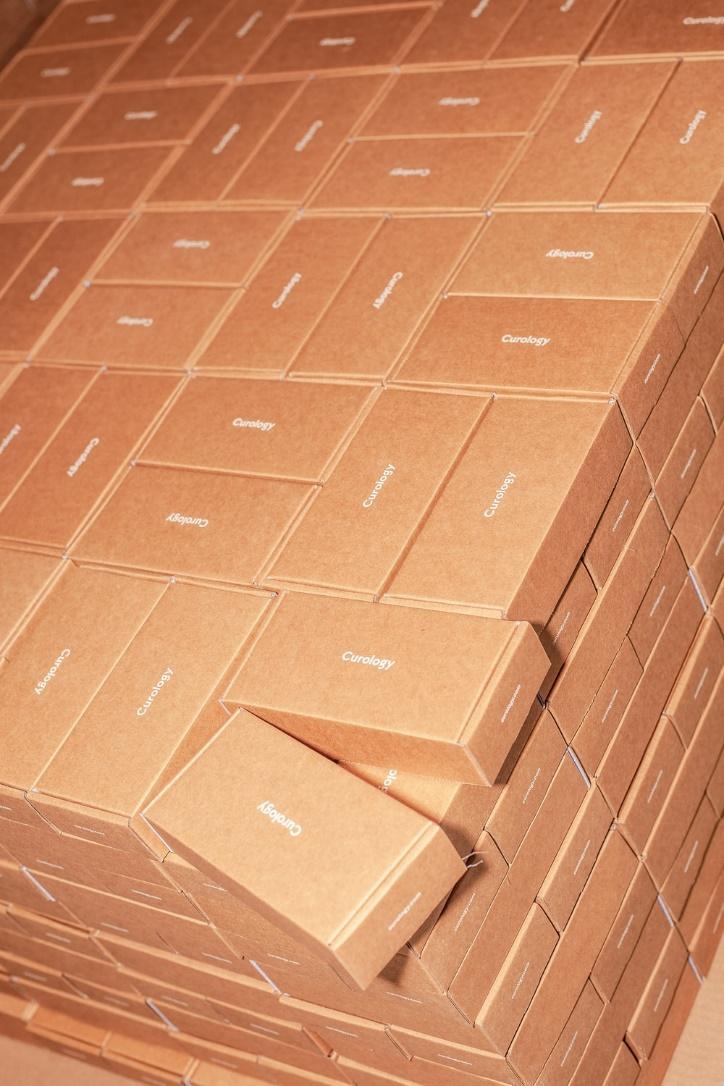When we consider the long-term use of plastics, the first thought that comes to mind is recycling. In fact, authorities around the globe have already taken steps to recycle 100 percent of the plastic generated. However, the figure appears to be a long way off, as it was recently announced that only 9% of all plastic manufactured in Europe is recovered.
When compared to the total amount of plastic generated from around world, this figure is insignificant in terms of addressing environmental concerns. As per studies, 360 million tons of plastic were manufactured globally in 2018, with 40% of that going into packaging.
Plastics appear to be unbreakable in the packaging industry, which is one of the main users of the commodity. Plastic has unexpectedly lowered the packaging sector’s carbon impact by minimizing food spoiling, lowering CO2 emissions during transportation, and so on.
However, we cannot disregard the environmental issues it has created, nor can we rely solely on reprocessing as a solution. Alternative solutions must be developed and promoted, and one of those is reuse packaging, which is among the most efficient ways to surpass single-use plastics.
Reusable packing, often known as returnable wrapping, relates to packaging that is intended to be reused several times. This type of packaging is long-lasting, easy to use, and clean. Market packaging, such as drink containers and zip lock bags, along with transportation and industrial packaging, are examples. It reduces the requirement for production, which helps to lower the carbon footprint even more. Here are a few of the most important advantages of reusable packing.
Environmental Advantages
A reusable supply chain can significantly lower a company’s carbon emissions. For example, if your company needs to ship products frequently between production or factory locations, single-use foldable packing will result in enormous amounts of garbage in landfills.
It will also raise industrial energy usage. Recyclable packaging helps reduce the consumption of raw materials, energy, and trash in certain scenarios. Consumer items are another important use of single-use plastic. Zip-lock bags, for example, can dramatically cut home plastic waste if they are designed to be reused.
Reusable packaging, if carefully constructed, can save not only primary material usage but also CO2 emissions by encouraging piling and effective space sizing during transit. Some countries have also established packaging restrictions that discourage the use of single-use plastic. The goal of such campaigns is to encourage returnable packaging with a longer life and the ability to be reused at the end of its useful life.
Cost-cutting
Recyclable packaging is both environmentally and economically beneficial. Businesses can save money on raw materials, electricity, and manpower by decreasing the need to make single-use packing. Reuse packaging is tougher and more lasting than single-use packaging because it is intended for repeated usage. As a result, the product is protected against harm and losses are minimized.
Reusable packaging has a variety of uses.
Recyclable packaging has uses in both the business and domestic realms. It is commonly utilized in the commercial sector for transporting raw/ingredients materials to the processing system and moving individual parts to the assembly facility.
Working in processing sites, whereby products/materials are frequently moved to various sites or production units, or even to interim holding units before processing, is yet another usage.
The same principle applies to finished products that must be conveyed to consumers. These would be distributed either directly or via distribution systems.



